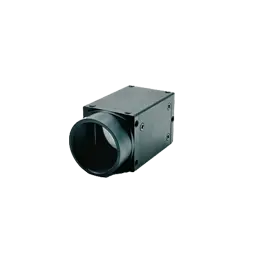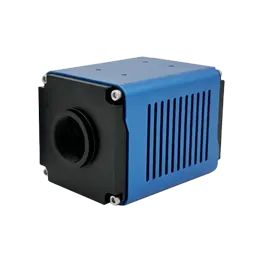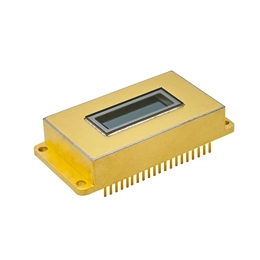All ir video camera are threaded, and there are two industrial standards for installing CCD ir video camera, which are the C mount and the CS mount. The threaded parts of the two are the same, but the distance from the lens to the photosensitive surface is different.
C mount: The distance from the lens installation reference plane to the focus is 17.526mm.
CS mount: Special C mount. At this time, remove the washer from the front of the camera before installing the lens. Its distance from the lens installation reference plane to the focus is 12.5mm. If you want to install a C mount lens on a CS mount infrared camera, you need to use a lens converter.
The specifications of ir video camera should be determined according to the CCD size of the camera, and the two should correspond. That is, when the CCD target surface size of the infrared camera is 1/2 inch, the lens should be 1/2 inch. When the CCD target surface size of the infrared camera is 1/3 inch, the lens should be 1/3 inch.
When the CCD target surface size of the camera is 1/4 inch, the lens should be 1/4 inch. If the lens size is inconsistent with the CCD target surface size of the camera, the observation angle will not meet the design requirements, or problems such as the image being outside the focus may occur.
There are manual aperture and automatic aperture on the lens. When used with an infrared camera, manual aperture lenses are suitable for applications where the brightness does not change, and automatic aperture lenses adjust the aperture automatically when the brightness changes, so they are suitable for scenarios with changing brightness. By adjusting the aperture automatically in response to changing brightness levels, infrared cameras that feature SWIR technology provide clear and precise imaging output, enhancing their ability to capture high-quality images in all manner of lighting conditions.
There are two types of automatic aperture lenses: one is to control the aperture on the lens by transmitting a video signal and power from the infrared video camera. It is called a video input type. The other type uses the DC voltage on the infrared camera to directly control the aperture, called DC input type.
The ALC (Automatic Lens Control) adjustment on the automatic aperture lens is used to set the metering system and can set the average brightness of the entire picture or the brightest part (peak) in the picture as the reference signal strength for automatic aperture adjustment.
Generally speaking, the ALC has been set at the factory by the IR camera manufacturer and does not need to be adjusted. However, when shooting scenery that includes a target with extremely high brightness, the image of the bright target may cause "white level clipping", causing the entire screen to become white. At this time, adjusting the ALC can change the picture.
In addition, the automatic aperture lens is equipped with an aperture ring. When the aperture ring is rotated, the flux through the lens changes, and the flux is the aperture, generally represented by F. Its value is the ratio of the lens focal length to the actual effective aperture of the lens, that is: F = f (focal length) / D (actual effective aperture of the lens). The smaller the F value, the larger the aperture. Using an automatic aperture lens is an ideal choice for the following application scenarios: In extremely bright situations such as direct sunlight, an automatic aperture lens can have a wider dynamic range. If there is a requirement for a good focus throughout the entire field of view, an automatic aperture lens has a larger depth of field than a fixed aperture lens. If the blurring caused by the light signal is the smallest on the bright light, an automatic aperture lens should be used.



